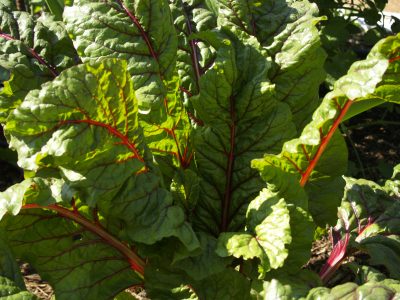Why did seedlings die in my new raised bed with good soil and compost?
Gee, we thought we were doing the right thing in our new raised beds with great soil, compost, the right width, the right height. So what happened to all my new seedlings and transplants?
Well, that soil and compost, whether pre-mixed onsite at the soil yard in bags or bulk, or mixed to order according to your instructions, has been sitting in piles and drying out.
You faithfully water each plant, or maybe even the entire bed, but after just a short time, you notice the seedlings are struggling, and they all die pretty quickly.
Everyone’s thoughts immediately jump to the conclusion that it must be some sort of disease: extremely unlikely. Or the possibility of herbicide damage: more likely than disease but still not the most common problem.
No, the issue is lack of water. But “wait!” you say, I just told you that I faithfully water my plants. And I say, I know that, but you’re not watering your soil. And new soil, having been completely and utterly dried out when you purchased it, has no ability to get wet until you thoroughly mix it with water.
The best way to do this is to wet it and turn it and wet it and turn it, until it’s uniformly moist, BEFORE you fill your raised bed with it. But if you didn’t do that, no worries, simply wet it and turn it and wet it and turn it in the bed.
The soil can now hold water and your new seedlings will have a much better chance of survival.
The exception is the possibility that the organic matter in your mix of new soil was contaminated with an herbicide that didn’t break down during the composting process. If that’s the case, your new seedlings will have distinct symptoms, usually leaf-curl and yellowing, prior to dying completely. We’ve had this issue in our demonstration garden and we watched to see how long it took the soil to remediate, without replacing it. It only took one season, and the plants were growing normally again.

 Daphne Richards
Daphne Richards